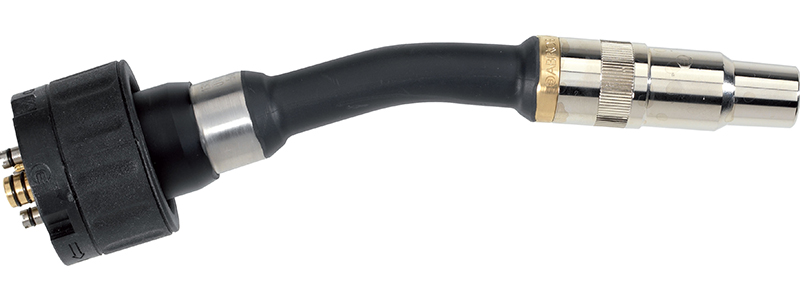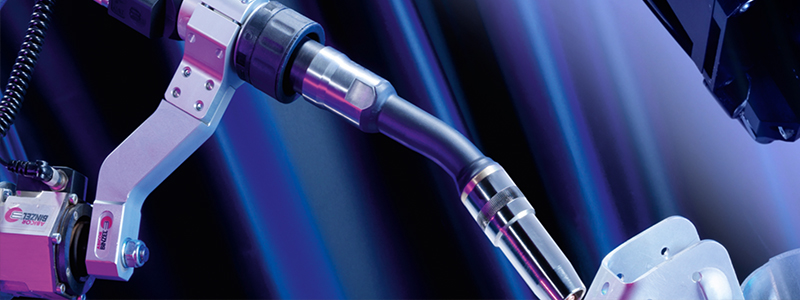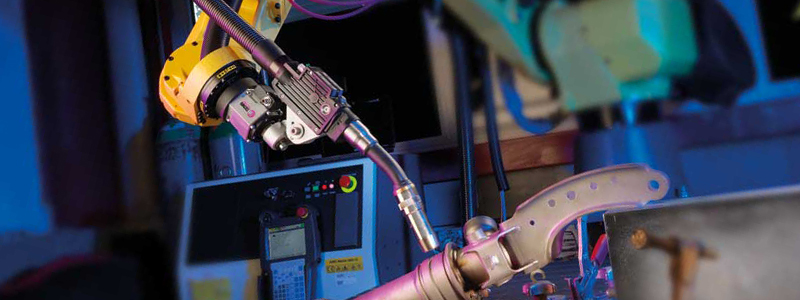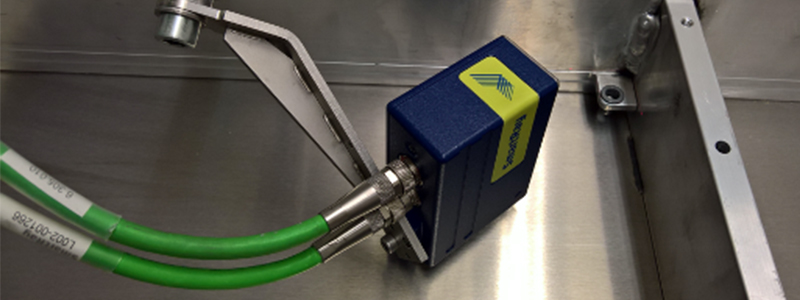There is no question that aluminum has special characteristics that require it be welded different than other metals. Aluminum is a very soft metal, with a high melting point that requires high voltages. Distorting aluminum is easy and can happen pretty quickly, as the wire will start oxidizing almost immediately, leading to a host of issues. Spool guns were designed to help feed difficult wire in an effort to avoid messy welding by placing the feeder right on the gun. Reliable wire feeding is among the most important parts of welding.
Do I Need A Spool Gun to Weld Aluminum?
Topics: Aluminum Welding
New Product Release: FreedomDrive™ - Push-Pull System
ABICOR BINZEL North America is excited to announce the launch of their latest solution; the FreedomDrive™ push-pull system!
Robotic Air-Cooled Welding Torches: Problems and Solutions
Robotic MIG welding requires a choice between which type of welding torch to use in your operation. The option between water-cooled and air-cooled torches requires weighing the pros and cons because making your decision. Each torch has its benefits and downfalls that can alter the productivity of your operation.
Topics: Robotic Welding
Robotic MIG Torch Cables: Best Practices
When considering the needs of your robotic welding set up, there are far more components to worry about than just the torch. Cables are an often-overlooked part of your setup, but can make a world of difference in efficiency and productivity.
Your cable decision stems from a full understanding of your robotic welding process. In this blog, we will break down the necessary steps you should take as you consider different robotic MIG torch cables.
Topics: Robotic Welding
Robotic Welding Torch Swanneck Breakdown: Build, Design, and Construction
When it comes to your robotic welding torch, the swanneck (sometimes known as the gooseneck or torch neck) is one of your most critical parts. What is a swanneck? It is the front end or “working end” of a robotic welding torch, where the contact tip and gas nozzle are mounted to deliver the electrical current, filler wire, and shielding gas into the weld joint.
Topics: Robotic Welding
Robotic Water-Cooled Welding Torches - Problems and Solutions
Robotic MIG welding requires a choice when it comes to which welding torch to use for your operation. Your facility will need to weigh the options for using a water-cooled or air-cooled welding torch based on research you have done regarding both. Each torch type has its benefits and downfalls that can alter productivity. Is your torch providing the amperage ratings and duty cycle you’re looking for while staying within your budget? These factors are essential to consider, along with understanding common problems you will run into with your new equipment.
Topics: Robotic Welding, MIG Guns & Torches
Automotive Weld Inspection: Technology Every Manufacturer Should Know
When looking at automotive weld inspections and the applications they can be used in, the realm of possibilities are wide open. From MIG and MAG to laser brazing and welding, all of these applications (1) require inspection to ensure they meet process specifications and (2) are often suitable for automation. This is becoming more and more important as companies are realizing that when you have welds on critical automotive parts, especially very expensive parts, you cannot afford to take a nonchalant approach to executing this critical task.
Topics: Weld Inspection
Keys to Wire Feeding In Automated Robotic Welding Applications
Wire feeding is a critical part to your automated welding process. Without functioning wire, this multi-layered, complex process would not deliver optimal performance. This could lead to complete failure of your process. Challenges can arise due to wire feed speed, wire feed distance, and friction within the system causing a host of problems throughout your process. As you continue to understand your robotic welding cell, it is important to evaluate your wire feed practices.
Topics: Robotic Welding, Automation
Automated Welding: Getting Started and Next Steps
Making the switch from manual to automated welding can be an on-going pros and cons discussion for your facility. Giving control to a robot may be a daunting task for anyone new to this application process, but is a necessary step in getting the most out of your operation. Decreasing production times and taking the load off of your welders may be all you need to go full automation.
Let’s take a look at what it would take for your facility to incorporate automated technology and what you should be taking note of throughout this integration process.
Topics: Robotic Welding, Automation
What is 3D Inline Weld Inspection? Does My Business Need It?
One of the first questions that we get asked in regards to 3D weld inspection is...
- How does it work?
- What are the basic principles?
- How does it understand the dynamics of what we're looking for and not looking for?
In this blog, we will discuss the characteristics of 3D weld inspection and provide the necessary information about this process to determine whether or not these systems fit your operation's needs.
Topics: Automation, Weld Inspection, SmartRay

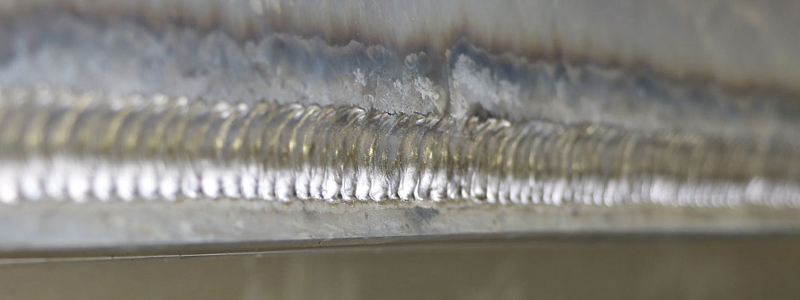

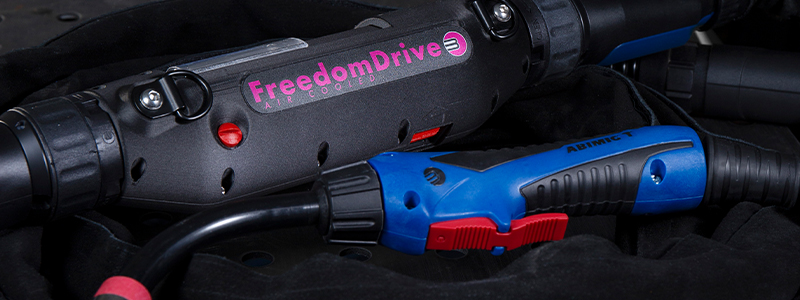
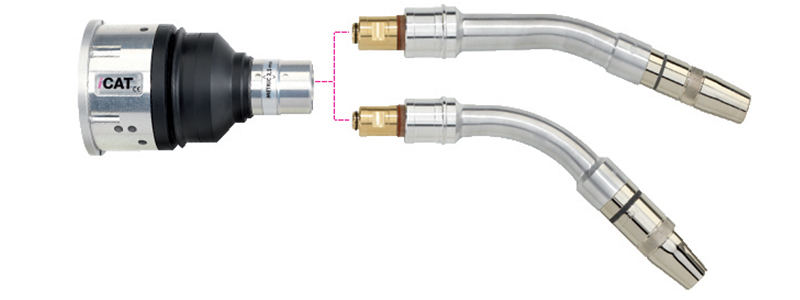
.png)
